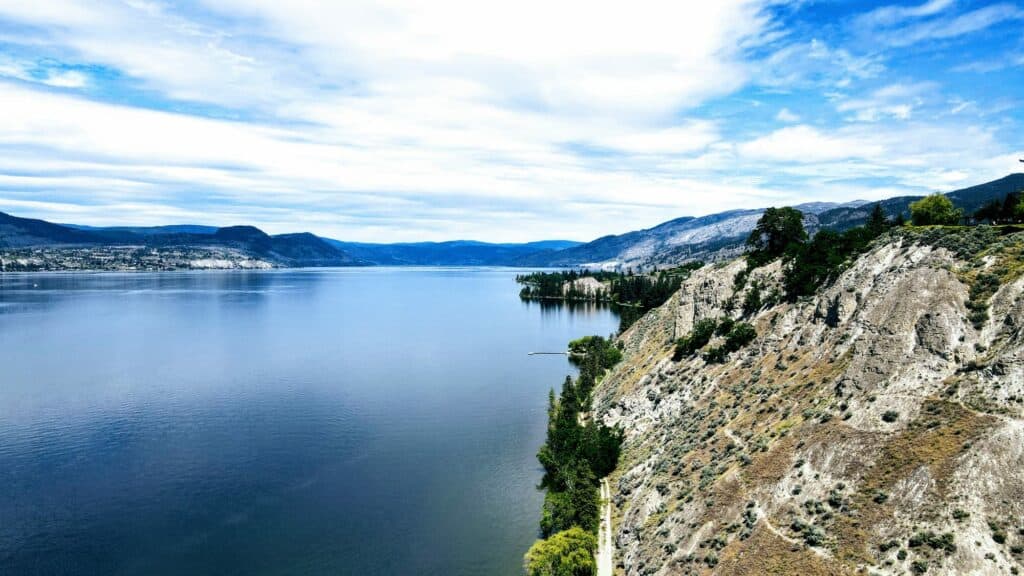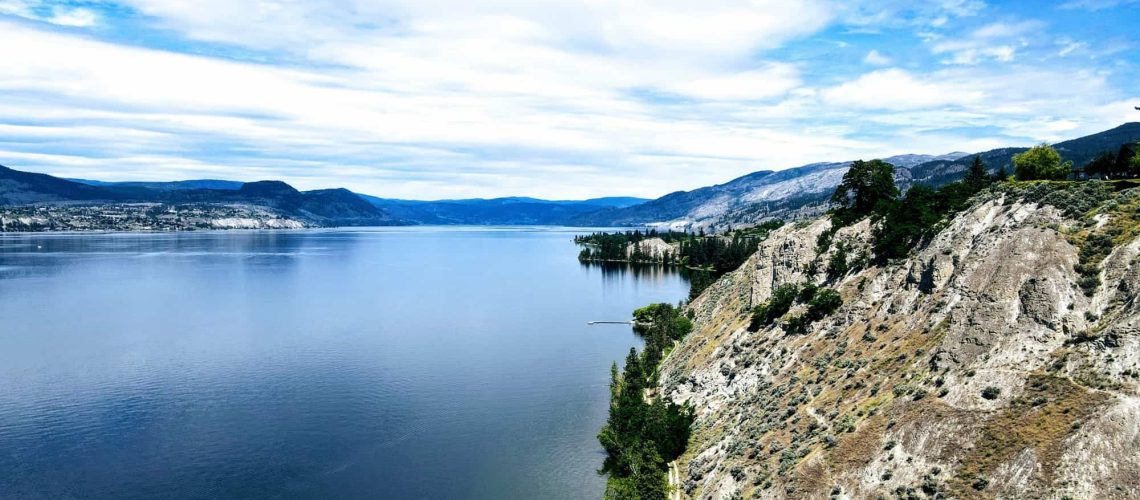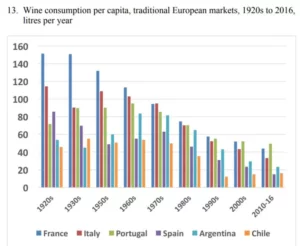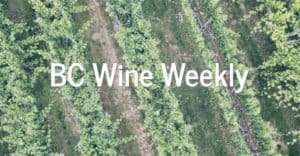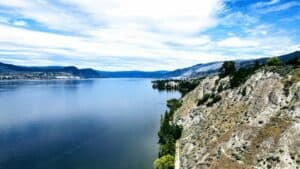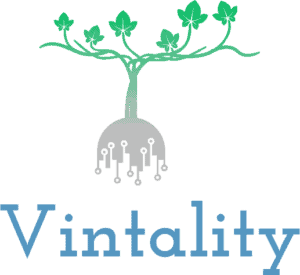Well, this is going to be controversial.
The Story
Sarah Marsh of Club Oenologique takes BC Pinot Noir through an absolute thrashing. This might be the most critical article on BC wine I’ve yet read.
After all “there’s more than enough cash sloshing around the valley to bring a sense of bling to the wine trade here” yet “Okanagan Pinot Noir currently lags behind Ontario in terms of finesse.”
At Peak Cellars “the sappy Pinot Noir, which is made from youngish vines, doesn’t match the winery’s megastructure and the £40-50 price tag is more substantial than the wine.” Mission Hill is “still transitioning from a Californian style” while Tantalus” turns out a fruity, foot-trodden Pinot Noir.”
I can’t tell if that’s better or worse than Daydreamer’s “sappy and austere Tay Pinot Noir” or OCP and Haywire not having their wines mentioned, just that they’ve planted in Garnet Valley. (What is “sappy” wine?)
And while she had some positive things to say about Stag’s Hollow and Meyer, in Okanagan Falls “[her] expectations were high, [but she] encountered some over-extraction and the misconceived idea that a ripe vintage can handle more new oak.“
There are a few positive things said, Martin’s Lane Simes Vineyard showed that “show that elegant, terroir-driven Pinot Noir is achievable” and Quail’s Gate Richard’s Block was “svelte“. Foxtrot Vineyards “caught [her] attention.” Somewhat positively 1 Mill Road Home Block was “one of the most refined Pinot Noirs… [but] this vintage was made by the former owners.“
And the article ends with as much of a whimper as that semi-compliment.
The Response
I seriously considered not writing a blog post about this article. After all – it’s controversial and our industry does not lack egos. And as someone who often works as a consultant, pissing people off isn’t the most viable business strategy. Not to mention, I’m an advocate for our industry and sharing negativity for negativity’s sake is, well, boring and unproductive.
But before posting here, I shared this article with friends, colleagues and clients and I have to say – it caused a stir. From “she has no idea what she’s talking about” to “Well you know Chris, she’s right” everyone wanted to talk about it.
It was, so to speak, too good to share.
And not just because it is controversial, bold and gets the people going.

Also because it’s a question worth thinking about!
Does BC have the conditions to grow great Pinot Noir? Should it?
And also: Does this reflect how international experts view BC Pinot Noir?
And also: Wine reviewing is so fucked up (more on that later).
I need to be clear here – Sarah Marsh might be totally off her rocker. I know if you didn’t immediately agree with her, you’ve got twenty objections already line up. Never mind that wine, and consumer preferences, are heavily, heavily subjective in time and place.
And let me also say – I’m not addressing the fact that the Winegrowers paid for her to come and BC wine got a negative response from that investment. From a marketing angle – I’d be pissed. But, not much point going into that.
So! It’s healthy to ask and ponder these questions. Like I said, I’ve had a lot of great discussions from sharing this (and looking forward to more after this blog.
And with a big replant coming up…
So What?
The assumptive answer to the question if the the author is wrong is: “Of course she is!” After all, Pinot Noir is our 3rd most produced varietal. A number of wines have won international awards and scored highly in point system. The Winegrowers has spent a lot of time and money marketing Kelowna as a Pinot Noir region. There is, unquestionably, a lot of momentum behind BC Pinot.
One rebuttal I heard from a couple of people was: “But no major international critic is singing BC’s praises. We’re falling behind.”
Yet, I think there’s one thing we should be able to agree on. You can’t make great Pinot Noir all up and down the valley. There are too many terroir differences between Kelowna, OK Falls, Naramata, etc. to grow great Pinot Noir in each area.
If we believe there is any connection between varietal and terroir, there are at least some areas we shouldn’t plant Pinot. (Especially because we’re not a cool climate wine region).
Assuming of course, we are concerned with quality. There are a number of wineries/growers that aren’t – which God bless, you can bow out of this conversation and enjoy the rest of your day (I say that without an ounce of sarcasm). These questions are only of interest if you care about maximizing the quality of what you are producing.
But this still doesn’t answer the question – is there a problem with BC Pinot?
The Critiques
I’m going to duck that question a little longer because I want to talk about some of the critiques I’ve heard (and have) with the article.
1. She didn’t try [X] winery or [Y] BC wine region.
The most common responses I heard hear were Blue Mountain (ironic, because its in the main photo) and Vancouver Island of course.
To which I say two things: there was only so much to try when your trip was paid for by the BC Winegrowers. Which is what determined what wineries were reviewed. It was hardly an exhaustive trip, but if there is blame here I don’t believe its with the author.
Which brings me too…
2. Why did she give all those wines good reviews at the end?
We all know wine reviews are paid for. It’s either direct (cash for a rating), indirect (cash for review) or oblique (all expenses paid vacation).
I both hate the implicit dishonesty of it – and can’t think of a better system when it is so hard to fund wine media. Wine reviewers need money, the wine industry needs wine reviews to educate/market to customers, and wineries the world over are willing to pay.
I honestly don’t know how else you structure the system. If the only businesses willing to pay wine reviewers are wineries, well, we get our current system. Pay-to-play.
We are, as the poet Blake said
Of many wheels I view, wheel without wheel, with cogs tyrannic
Moving by compulsion each other: not as those in Eden, whichWheel within wheel in freedom revolve, in harmony & peace.
But then – who do reviewers serve? The wine industry? The consumer? Only the individual winery who pays for the review in whatever specie?
And so you end up with an article where she trashes BC Pinot Noir, but can’t say it outright so dances back and forth and ends with some out-of-place wine reviews.
I have no answers – other than that’s why the wine reviews are so high at the end of the article.
3. She’s wrong about [X] technique or [Y] opinion
Hey friend, no argument there! I think the most controversial winemaking comment was about only using lignified stems. This starts with Martin’s Lane (as told to me) using green stems themselves (disproving her point).
But also, there’s as many opinions on stem and whole cluster usage as there are winemakers.
As for some of the opinion on specific wines – I have to say I enjoyed a bottle of Daydreamer’s “sappy and austere Pinot Noir” recently. I still can’t decide… is that in any way a compliment? The language is evocative, if unclear.
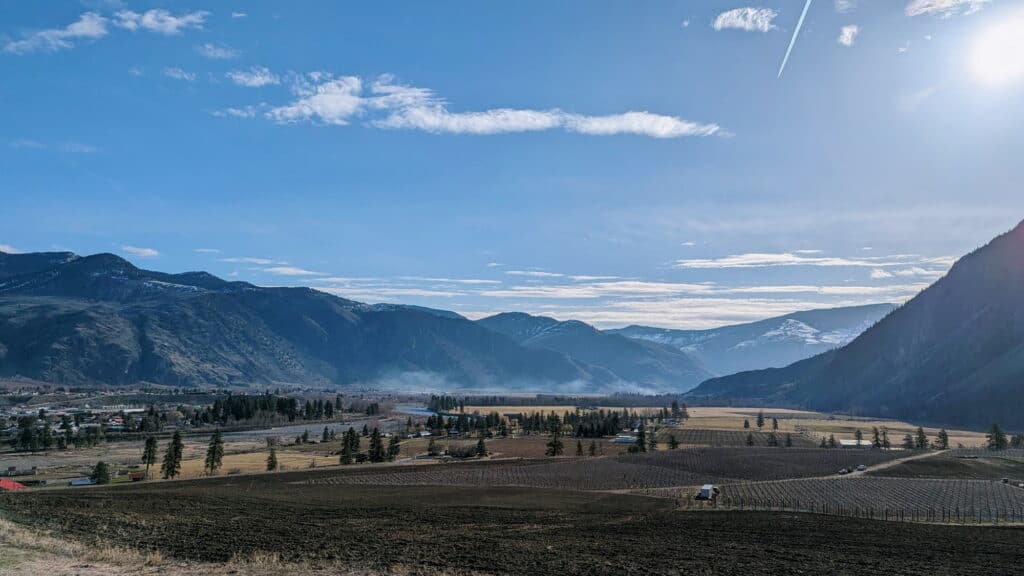
But Was She Right?
My honest answer is – maybe?
I’m going to keep weaseling here because I really don’t have an answer. I can’t say definitely “she’s wrong”. My favourite Pinot Noirs come from cooler climates in Oregon, France and sometimes New Zealand. And that’s about as anodyne an opinion on Pinot as you can find.
Yet – that doesn’t mean BC can’t produce a different (and still very high quality) Pinot. As in every varietal – there are more than one style of wine that will knock your socks off. As I’ve also said – I’ve had some BC Pinots I’ve very much enjoyed.
And it doesn’t mean that one (well educated) Master of Wine writer carries the day with a single experience of BC Pinot. If that’s how we judged wine we would have become slave to the opinions of petty tyrants.
Yet!
I do think there is one comment that is spot on:
“decades were lost in pursuing a Californian style of rich and oaky wines”
I do have a strong opinion that we have a weakness in over-ripening our wines leading to too high alcohol and a brutality that need not be there. In my humble opinion, we leave grapes on the vine too long and we sacrifice elegance for brute force.
And the “challenge to obtain phenolic ripeness while controlling rising sugar levels” is a challenge here – made worse around the world by climate change. And I think the major answer here is irrigation – which means we need to be smarter about how we irrigate to lower alcohol levels and advance phenolic ripening.
Wrapping It All Up
So that’s my take. It’s a fun, drama-filled article. There are some clear mistakes, but also hard questions worth pondering (even if you reject the author’s argument).
And there are things we need to do better if we’re going to keep planting Pinot. To be positive, I appreciate the honesty of the author in an industry where we are so often dishonest. To be negative, I’d be pissed about the marketing invested in this piece.
But what do you think? Did Sarah totally miss the boat? Is she on to something?
Also! Send in your favourite BC Pinot (chris(at)vintality.com). We’ll share the top 3 results in the next newsletter.

